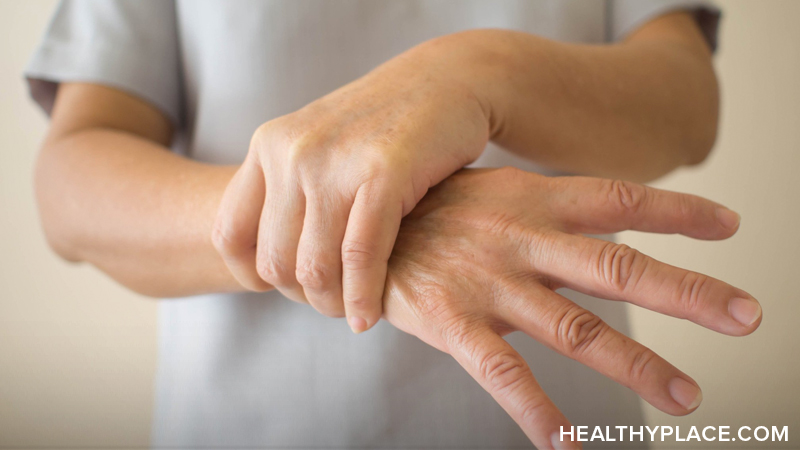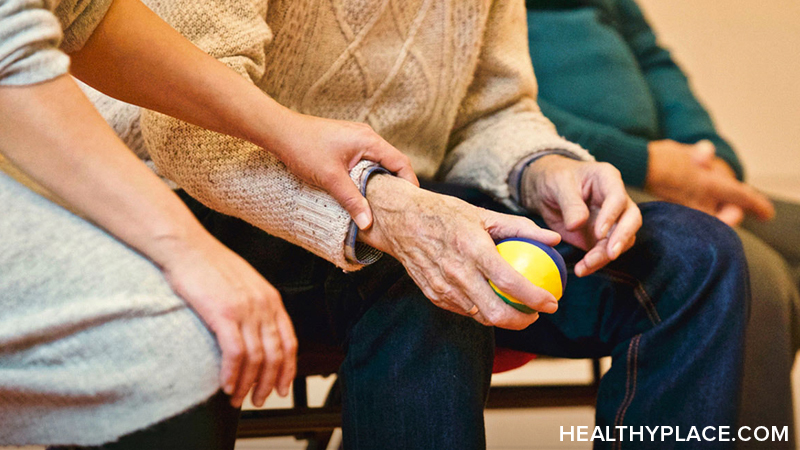Co-Parenting References Article
Are Co-Parenting Classes Helpful for Divorced Parents?
Bass, T. (n.d.). When mom and dad work together, everyone benefits: Effective co-parenting. The Alliance for Early Childhood. Retrieved May 2019 from http://www.theallianceforec.org/library.php?c=6&news=106
Ceder, J. (2019). Should I take a parenting class? verywell family. Retrieved May 2019 from https://www.verywellfamily.com/what-are-parenting-classes-4144875
Co-Parenting and divorce class. (n.d.). Family Builders. Retrieved May 2019 from https://familybuildersok.org/co-parenting-divorce/
Online co-parenting/divorce class. (n.d.). Online Parenting Programs. Retrieved May 2019 from https://www.onlineparentingprograms.com/online-classes/co-parenting-divorce-class.html
Welcome to co-parenting & divorce education. (n.d.). Open Path: Online Wellness Education. Retrieved May 2019 from https://mentalhealth.openpathcollective.org/co-parenting/
Is a Parenting Marriage Healthy for Your Children?
Fleck, A. (n.d.). Development of children in a loveless marriage. Livestrong. Retrieved May 2019 from https://www.livestrong.com/article/1006420-development-children-loveless-marriage/
Larson, V. (2015). Forget conscious uncoupling: The way forward for families is platonic parenting. The Guardian. Retrieved May 2019 from https://www.theguardian.com/lifeandstyle/2015/apr/15/forget-conscious-uncoupling-families-platonic-parenting
Mueller, P. (2017). Platonic Parenting: Could it Work for You? The Good Men Project. Retrieved May 2019 from https://goodmenproject.com/families/platonic-parenting-could-it-work-for-you-bbab/
Try parenting marriage—an alternative to divorce. (n.d.). Marriage.com. Retrieved May 2019 fromhttps://www.marriage.com/advice/family/try-parenting-marriage/
What is Co-Parenting?
Calleia, D. (2014). 11 successful co-parenting commandments. Today’s Parent. Retrieved May 2019 from https://www.todaysparent.com/family/parenting/11-successful-co-parenting-commandments/
Gaspard, T. (2018). What’s the difference between co-parenting and parallel parenting? Divorce Magazine. Retrieved May 2018 from https://www.divorcemag.com/blog/difference-between-co-parenting-and-parallel-parenting/
Serani, D. (2012). The do’s and don’ts of co-parenting well. Psychology Today. Retrieved May 2019 from https://www.psychologytoday.com/us/blog/two-takes-depression/201203/the-dos-and-donts-co-parenting-well
What is co-parenting? (n.d.). CoParents.com. Retrieved May 2019 from https://www.coparents.com/coparenting/what-is-co-parenting.php
What is co-parenting? (n.d.). OurFamilyWizard. Retrieved May 2019 from https://www.ourfamilywizard.com/blog/what-co-parenting
Do We Need Co-Parenting Counseling, Therapy, or Mediation?
Co-Parenting counseling. (n.d.). FamilyCounselorServices.com. Retrieved May 2019 from https://familycounselorservices.com/co-parenting_counseling.html
Co-Parenting counseling. (n.d.). Relationship Therapy Center. Retrieved May 2019 from https://www.therelationshiptherapycenter.com/co-parenting
Co-Parenting mediation. (n.d.). Parenting Matters. Retrieved May 2019 from https://aparentingmatter.com/co-parenting-mediation/
Parenting plan mediation…A “custody plan”. (n.d.). Coach Mediate Consult. Retrieved May 2019 from https://coachmediateconsult.com/mediate/
Tuckman, S. (2014). 5 good reasons to try co-parenting therapy. GoodTherapy. Retrieved May 2019 from https://www.goodtherapy.org/blog/5-good-reasons-to-try-co-parenting-therapy-0917144
Tips for Co-Parenting with a Toxic Ex
Bates-Duford, T. (2016). Tips for healthy co-parenting with a toxic ex. Divorce Magazine. Retrieved May 2018 from https://www.divorcemag.com/blog/tips-for-healthy-co-parenting-with-a-toxic-ex/
Finn, K. (2018). What you MUST do if you’re co-parenting with a toxic ex. The Good Men Project. Retrieved May 2019 from https://goodmenproject.com/divorce/what-you-must-do-if-youre-co-parenting-with-a-toxic-ex-wcz/
Gaspard, T. (2018). What’s the difference between co-parenting and parallel parenting? Divorce Magazine. Retrieved May 2019 from https://www.divorcemag.com/blog/difference-between-co-parenting-and-parallel-parenting/
Giorgetti, D. (2018). 15 things to remember when co-parenting with a toxic ex-spouse. The Mighty. Retrieved May 2019 from https://themighty.com/2018/06/ex-spouse-co-parenting-toxic-alienation-turn-child-against-me/
Penland, J. (n.d.) You can’t co-parent with a toxic ex, but you can do this instead. Scary Mommy. Retrieved May 2019 from https://www.scarymommy.com/cant-co-parenting-with-a-toxic-ex/
What Is a Parenting Plan and How Do I Make One?
A parenting plan the works for you and your children. (n.d.). DivorceHelpforParents.com. Retrieved May 2019 from http://www.divorcehelpforparents.com/parenting-plan.html
Abigail, F. (2019). What is a parenting plan and why do I need one? Avvo. Retrieved May 2019 from https://www.avvo.com/legal-guides/ugc/what-is-a-parenting-plan-and-why-do-i-need-one--1
Cook, C.S. (2018). What is a parenting plan? Avvo. Retrieved May 2019 from https://www.avvo.com/legal-guides/ugc/what-is-a-parenting-plan--1
Kruk, E. (2015). Developing co-parenting plans. Psychology Today. Retrieved May 2019 from https://www.psychologytoday.com/us/blog/co-parenting-after-divorce/201510/developing-co-parenting-plans
Parenting plan examples—a plan that fits your needs. (n.d.). Our Family Wizard. Retrieved May 2019 from https://www.ourfamilywizard.com/blog/parenting-plan-examples-a-plan-that-fits-your-needs
Sample parenting plans: Ideas to implement: (n.d.). DivorceHelpForParents.com. Retrieved May 2019 from http://www.divorcehelpforparents.com/sample-parenting-plans.html
What does a parenting plan include? (2018). Goldberg Jones. Retrieved May 2019 from https://www.goldbergjones-wa.com/child-custody/parenting-plan-includes/
APA Reference
Peterson, T.
(2022, January 27). Co-Parenting References Article, HealthyPlace. Retrieved
on 2025, November 11 from https://www.healthyplace.com/parenting/co-parenting/co-parenting-references-article



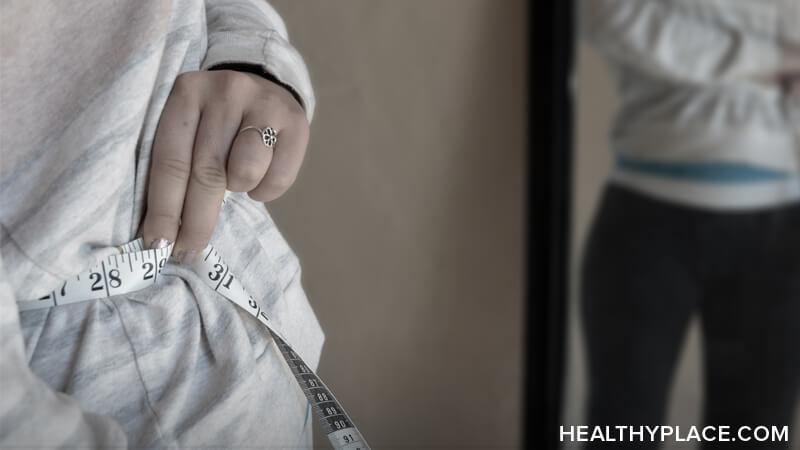
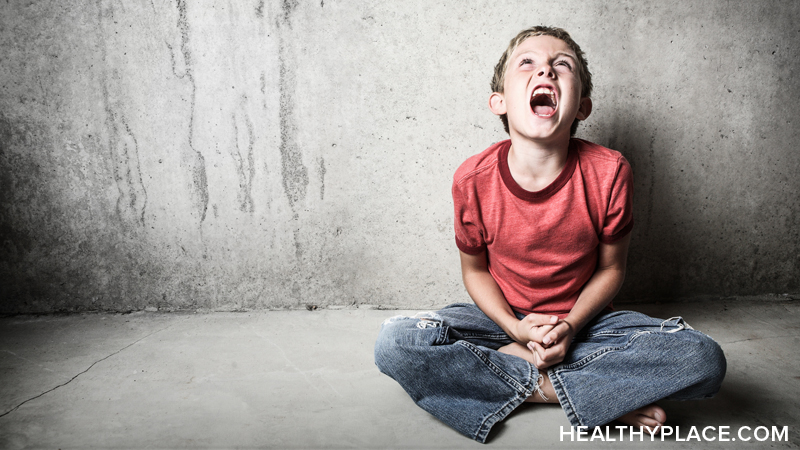
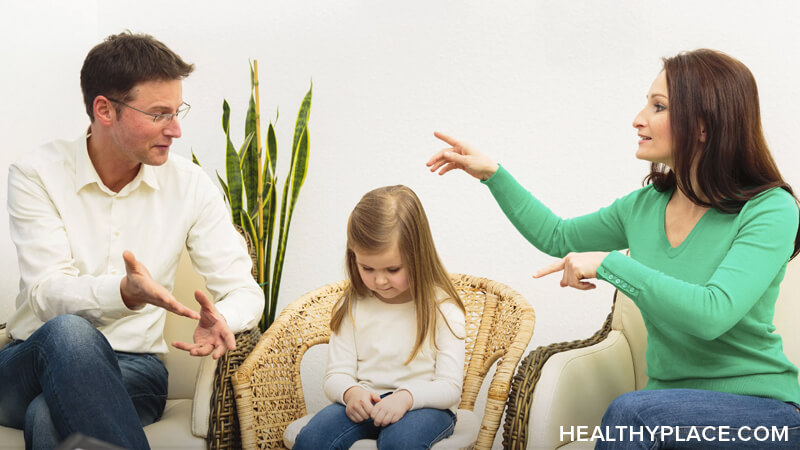 Many parents with a mental illness, facing child custody disputes, deal with difficult challenges.
Many parents with a mental illness, facing child custody disputes, deal with difficult challenges.